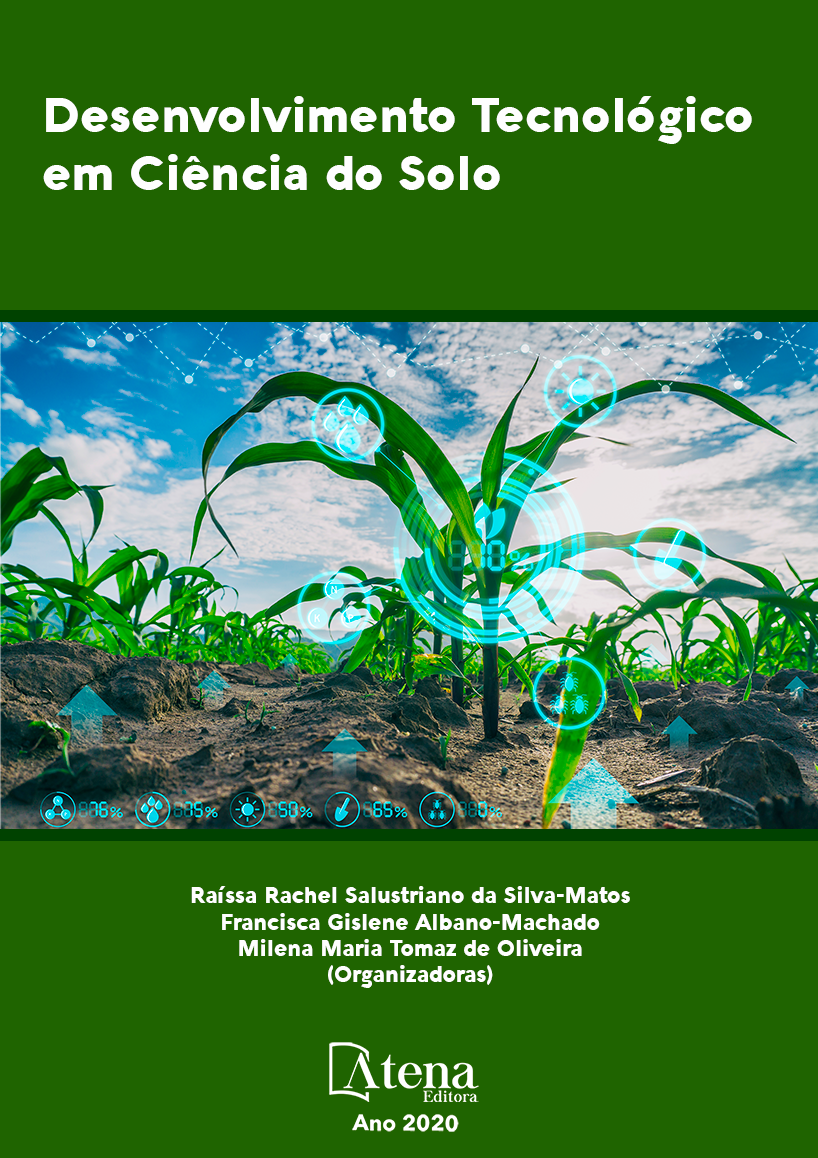
CAL HIDRATADA AGRÍCOLA EM SISTEMA AGROPASTORIL
Como há pouca informação sobre a utilização da cal hidratada agrícola em sistemas sustentáveis de produção agropecuária, principalmente em sistema agropastoril, foi realizada uma pesquisa, na região Noroeste Paulista, com o objetivo de avaliar o efeito da aplicação de cal hidratada agrícola em superfície, em sistema agropastoril, sobre as características agronômicas da cultura do milho e sobre os atributos químicos do solo. O delineamento experimental utilizado foi em blocos casualizados com quatro repetições, utilizando-se três tratamentos: T1 - aplicação de cal hidratada agrícola em superfície para estabelecer que o cálcio ocupe 70% da capacidade de troca de cátions (CTC) na camada de 0-0,20 m; T2 - aplicação de cal hidratada agrícola em superfície para estabelecer que o cálcio ocupe 52,5% da CTC na camada de 0-0,20 m; T3 - aplicação de cal hidratada agrícola em superfície para estabelecer que o cálcio ocupe 35% da CTC na camada de 0-0,20 m. Constatou-se que a aplicação de cal hidratada agrícola em superfície, dois dias antecedendo a semeadura do milho, não influenciou suas características agronômicas. A utilização da cal hidratada agrícola com o Ca ocupando 70% da CTC, na camada de 0-0,20 m, proporciona maior pH e menor acidez potencial que o Ca ocupando 35% da CTC. A correção da acidez, na camada de 0-0,20 m, com a aplicação de cal hidratada agrícola em superfície depende da dose utilizada. A utilização da cal hidratada proporciona aumento de Ca e Mg e, redução de Al, na camada de 0,20-0,40 m, em Argissolo sob sistema agropastoril, na região Noroeste Paulista.
CAL HIDRATADA AGRÍCOLA EM SISTEMA AGROPASTORIL
-
DOI: 10.22533/at.ed.6232010083
-
Palavras-chave: Sistemas sustentáveis de produção agropecuária, Atributos químicos do solo, Zea mays L.
-
Keywords: Sustainable agricultural production systems, Chemical soil attributes, Zea mays L.
-
Abstract:
As there is little information on the use of hydrated agricultural lime in sustainable agricultural production systems, mainly in an agropastoral system, a research was carried out in the Northwest of São Paulo State, Brazil, with the objective of evaluating the effect of the application of hydrated agricultural lime on the surface, in agropastoral system, on the agronomic characteristics of the maize crop and on the chemical attributes of the soil. The experimental design used was in randomized blocks with four replications, using three treatments: T1 - application of hydrated agricultural lime on the surface to establish that the calcium occupies 70% of the cation exchange capacity (CTC) in the 0-0 layer , 20 m; T2 - application of hydrated agricultural lime on the surface to establish that calcium occupies 52.5% of the CTC in the 0-0.20 m layer; T3 - application of hydrated agricultural lime on the surface to establish that calcium occupies 35% of CTC in the 0-0.20 m layer. It was found that the application of hydrated agricultural lime on the surface, two days before the sowing of maize, did not influence its agronomic characteristics. The use of hydrated agricultural lime with Ca occupying 70% of CTC, in the 0-0.20 m layer, provides a higher pH and less potential acidity than Ca occupying 35% of CTC. The correction of acidity, in the 0-0.20 m layer, with the application of hydrated agricultural lime on the surface depends on the dose used. The use of hydrated lime provides an increase in Ca and Mg and a reduction in Al, in the layer of 0.20-0.40 m, in Ultisol under an agropastoral system, in the Northwest of São Paulo State.
-
Número de páginas: 15
- Isabela Malaquias Dalto de Souza
- Pedro Henrique Gatto Juliano
- Letícia Nayara Fuzaro Rodrigues
- Jorge Luiz Hipólito
- Flávio Sueo Tokuda
- Adriano Custódio Gasparino
- Wander Luis Barbosa Borges


